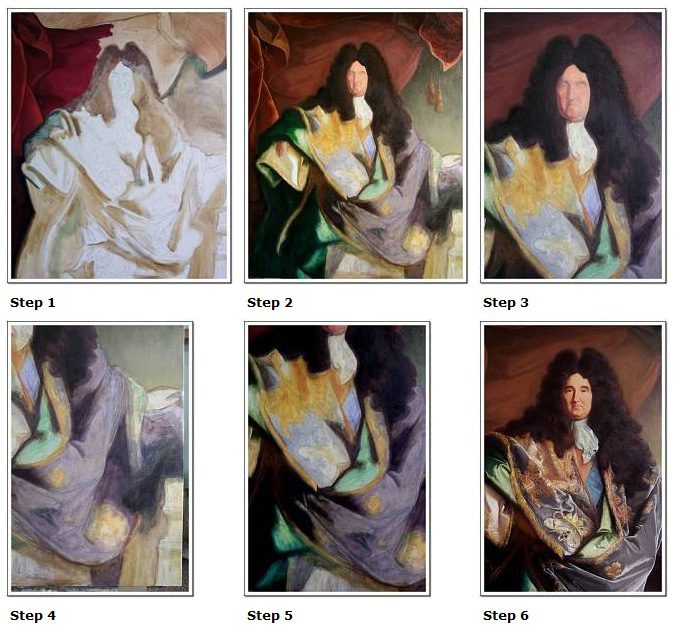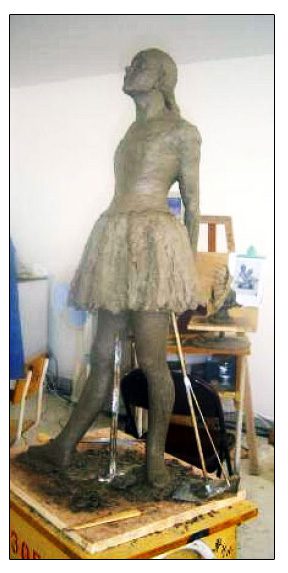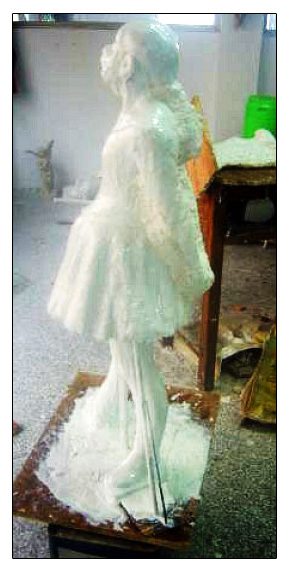What is a Replica?
Re-creations and custom art project.
A replica is a highly accurate copy of the original work Replicated by talented artists. They bring the art to life; you can see, touch and feel the brushstrokes. Our reproductions are made the same way the artist did it. When you purchase a replica from Museum Replicas, you're getting more than your money's worth.
How well does a reproduction resemble the original?
Our reproductions make you feel the passion of the artist. Our paintings aren’t "transfers" of a photographic image on to canvas, but are hand painted on a pure linen canvas by talented artists. This gives work of art a more authentic feel that is sure to enhance whatever room you place it in.
Indistinguishable re-creations of garden statue, Byzantine Mosaic and Icon, and tapestry.
They are indistinguishable from the originals!
These are Guaranteed Museum Quality replicas.
That means our replicas have the same high standard and quality as the replicas musea use when the original is not available. Below is a sample on how we execute paintings from the first stage to the final stage
Below is a sample on how we execute paintings from the first stage to the final stage

The Process for replicating Bronze.
Bronzes are created from original sculptures from which master molds are created. Each casting is created with the same eye for detail and quality of the product as the original.
Legal re-creations of masterful works of Byzantine Mosaic, Byzantine Icon, garden statue, and tapestry.
The sculptures Museum Replicas creates to enhance homes and businesses are made with the age old “Lost wax method” (cire-perdue). The, lost wax method of bronze casting is at least 6,000 years old. The earliest works were solid (a single mass). It was 2,000 years later that artisans learned to cast hollow sculptures
High artistic skills and a considerable amount of time go into the production of each Sculpture. The lost wax method technique involves a great amount of steps. Following the steps taken in the reproduction of "The little Dancer" after Edgar Degas.
Following the steps taken in the reproduction of "The little Dancer" after Edgar Degas.

Step 1: The creation of the clay model
The sculpture is created through extensive research of the original art work. Many hours of refining are required to get a finished work in clay.

Step 2: Forming of the mold around the clay.
A rubber mold is made from the clay sculpture
